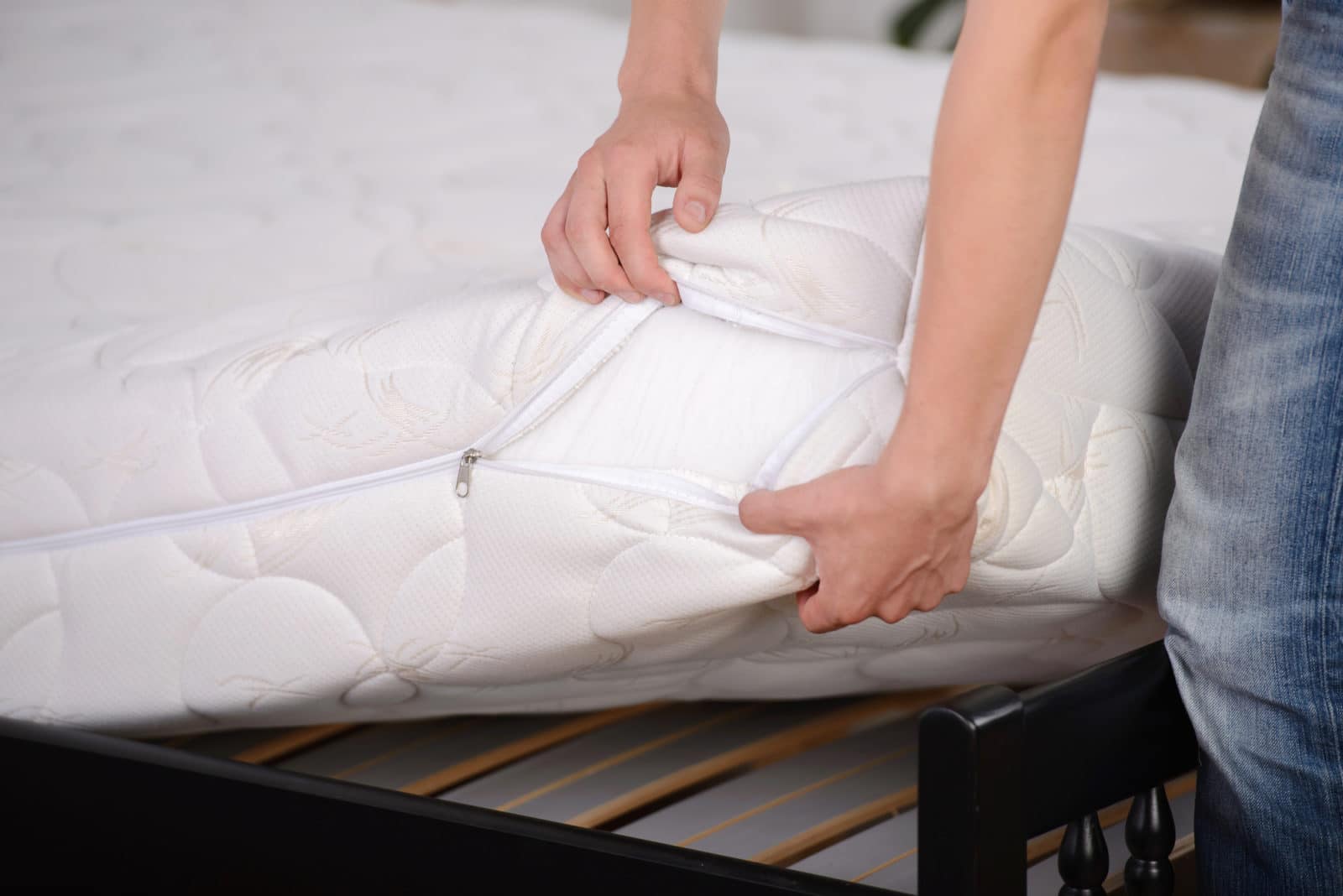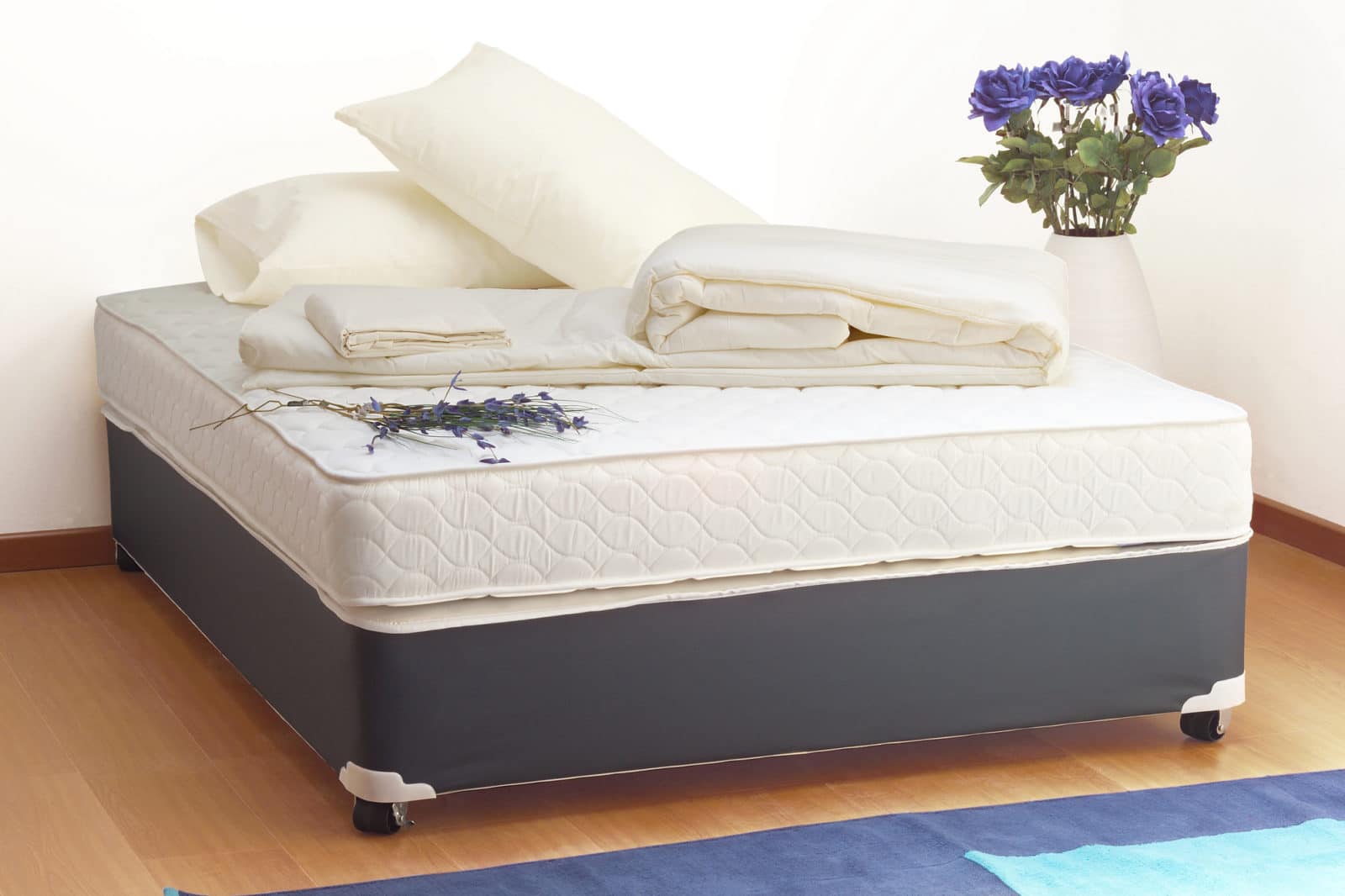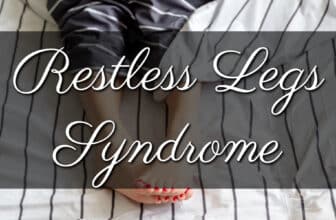When it comes to mattress thickness, it is not uncommon to have a lot of questions. You could be wondering, how thick should a mattress be? What memory foam mattress thickness is best? Is there a standard mattress height? Or, is a 6-inch mattress thick enough?
The answers are not as straightforward as you may have expected and they largely depend on your specific sleep needs and preferences. Fortunately, we have created this article as a guide to help you answer any question you may have regarding the thickness of mattresses so you can determine which mattress depth is the right choice for you.
Mattress Thickness & Quality of Sleep
The thickness of your mattress can definitely affect your quality of sleep. If it is too thick or too thin, it could have negative side effects depending on your specific and individual sleep needs. For some, the height is not as important as the materials used on the inside, and the overall quality of the mattress itself.
Keep reading to learn whether it is more important for you to get a bed that is the right height, made from the right materials, or both so you can consistently get a great night of sleep that leaves you feeling refreshed and energized.
Mattress Layers, What’s Inside Yours?
 The layers of your mattress contribute to thickness. Most mattresses consist of layers that can be broken into two different simple categories: the foundation or base layer, and the comfort layer or layers. Let’s take a look at what this means and how they differ so you can have a better understanding of what is in your mattress and what it means for the thickness of mattresses overall.
The layers of your mattress contribute to thickness. Most mattresses consist of layers that can be broken into two different simple categories: the foundation or base layer, and the comfort layer or layers. Let’s take a look at what this means and how they differ so you can have a better understanding of what is in your mattress and what it means for the thickness of mattresses overall.
1. Comfort Layers
The comfort layer or layers of your mattress provide you with most of the support, temperature regulation, motion isolation, and you guessed it, comfort. Your mattress could have one or several comfort layers which contribute to the overall feel of the bed that in turn enables you to sleep well, or possibly poorly if not suited to your needs.
Due to the increasing number of layers found in contemporary mattresses, the comfort layers of your mattress can also be broken into two separate categories: the layer or layers specifically designed to be supportive, and the layer or layers specifically designed to provide comfort.
a. Support Layer
The support layer, or layers, help to establish and promote healthy spinal alignment and an even sleeping surface that does not dip or sag in any areas of the bed. The support layer also contributes significantly to a mattress’ durability and longevity.
b. Contour Layer
The specific contour layer, or layers, provide you with a sensation of pressure relief. This layer generally establishes the firmness of the bed as well.
These layers are generally made from memory foam, polyfoam, gel-infused foam, micro-springs, pillow tops, or any combination of these materials. However, with new mattress innovations emerging all the time, the comfort layers can be made from many different materials aside from the ones listed here.
The thickness of the comfort and support layers plays a large role in your overall ability to get a good night of sleep. If they are too thin, you will most likely be uncomfortable and not get the pressure relief you need. If they are too thick, you may sink into the bed too far causing unhealthy spinal alignment.
In general, you want to make sure these layers are at least 4 inches thick to ensure proper sleep and comfort that is supportive and refreshing.
2. Foundation or Base Layer
The base layer of a mattress promotes durability, breathability, and overall support for sleepers. In general, a quality mattress will have a foundation layer that is at least 5 to 6 inches thick.
Without a thick foundation, it is common for a mattress to break down quicker and begin to sag in the middle, near your hips and low back. When this happens, it is important to replace your mattress so your spine can stay aligned while you sleep.
Mattress Thickness Chart
 This mattress thickness guide will give you a brief overview of what to expect from your typical mattress based on thickness and why it matters.
This mattress thickness guide will give you a brief overview of what to expect from your typical mattress based on thickness and why it matters.
2-5 inches
Mattresses that are 2-5 inches in height are considered low profile mattresses.
This thickness is usually found in fold-away beds, crib mattresses, and air mattresses. For most adults, a mattress in this height category would not be ideal and would cause you to sacrifice comfort, especially if your weight more than the average person.
5-8 inches
Mattresses that are 5-8 inches in height are considered slim mattresses.
These tend to be made from differing foams because the foam is dense and supportive, even without the added depth. Slim mattresses are great for people with limited mobility, kids, or short people because they are easier to get into and out of. Twin mattress thickness often falls into this category because they are usually slept in by children.
8-12 inches
Mattresses that are 8-12 inches in height are considered to be the standard mattress thickness.
The average mattress height is 10 inches although many newer mattresses are usually taller. Most sleepers will be comfortable in a mattress that falls into this category. You will often find queen mattress thickness and king mattress thickness that is between 8 and 10 inches. This thickness is often more affordable than thicker mattresses, making them more popular.
Depending on the material inside the bed, a couple of inches could make a big difference in this height category. For example, when it comes to a 10-inch vs a 12-inch memory foam mattress, the additional 2 inches of dense memory foam could seriously up the level of comfort you receive.
12-20 inches
Mattresses that are between 12 and 20 inches in height are considered medium to thick mattresses.
Most hybrid and newer foam mattresses fall into this height range causing this depth to rise in popularity. They may be a bit more expensive but they are often more durable, making the value and increased level of comfort well worth the additional cost upfront.
20 inches or more
Mattresses that are 20 inches or more are considered thick mattresses and are not very common.
A mattress of this depth is mostly a thing of the past as they are hard to move, cannot be compressed and shipped, are very heavy, take up a lot of space, and are often not suitable for all bed frames.
What Are the Benefits of a Thicker Mattress?
 A thicker mattress does not always guarantee a higher level of comfort. However, there are some benefits to be considered regarding specific sleep needs.
A thicker mattress does not always guarantee a higher level of comfort. However, there are some benefits to be considered regarding specific sleep needs.
Reviews from couples and heavy people indicate that they find a lot of added comfort in a thicker mattress. When additional weight is applied on a thicker mattress, it is still able to provide comfort even with the emphasized compression. Instead of the comfort layers sinking down to the base, you will still be able to lie on the top of the bed and receive the benefits of an even and comfortable surface.
Thicker mattresses are often more durable. The additional material allows them to be functional for longer as there are more wear and tear allowed before the bed starts to sag and become unusable. As mentioned above, this additional durability comes at a price but is often worth the extra cost.
Expecting mothers may also want to consider a thicker mattress. During pregnancy, especially the third trimester, mobility is severely limited in women and they usually sleep on their side. Additionally, bending at the waist to sit down on a low surface becomes increasingly difficult.
A thicker mattress for pregnancy will make it easier to get into and out of it. This is particularly true during all the late-night bathroom trips that are sure to result from the additional pressure placed on the bladder by the growing baby.
What Are the Benefits of a Thinner Mattress?
Just like thicker mattresses, there are several reasons why a thinner mattress could be more suited to your specific sleep needs.
Reviews from many people with limited mobility say they find that a thinner mattress is easier to get into and out of regularly. If you are short in stature, a thin mattress may also be beneficial.
Additionally, easily being able to sit on a bed instead of having to exert effort makes a world of difference for sleepers with injuries or other conditions which make movement more difficult.
The weight of a thinner mattress is also lesser and it is easier to move. If you plan to move a bed’s position frequently or don’t have someone to help you, a thinner one may be a good choice. For example, you may have a Murphy bed, which is a regular bed that can fold up to the wall. Lori Wall beds are well-known for this, and they recommend mattresses with a maximum thickness of 12″ to ensure the bed can properly close. Also, remember that the lighter the mattress is, the easier it would be to pull up.
As mentioned above, thinner mattresses often cost less. When planning to buy, if you are on a strict budget or simply can’t afford a big purchase right now, a thinner mattress could also be the right choice for you.
Let’s Quickly Review
 Mattress thickness should not be overlooked when considering your comfort and quality of sleep. A thicker mattress may not always be better, but a thinner mattress is very often less comfortable for grown adults.
Mattress thickness should not be overlooked when considering your comfort and quality of sleep. A thicker mattress may not always be better, but a thinner mattress is very often less comfortable for grown adults.
When shopping for a new bed, consider the thickness of the bed as a general guideline for the level of comfort and support you will receive. Of course, the materials inside make a big difference in firmness and durability so make sure you consider them as well.
Thickness in mattresses is a great way to narrow your search for a new bed. You may want to start your search with this, especially if you are uncomfortable in your current bed. Don’t overthink it though.
When it comes to an 8-inch vs a 10-inch mattress, a 6-inch vs an 8-inch mattress or a 10 inch vs a 12-inch mattress the difference could be minimal so don’t get hung up on the tiny details.
We hope this helps and you enjoy your search for the perfect bed!
Additional Resources
- Best Mattress for Stomach Sleepers
- Best Hybrid Mattress
- Best Mattress For Sciatica
- Best Mattress For Arthritis
- Best Mattress For Scoliosis






